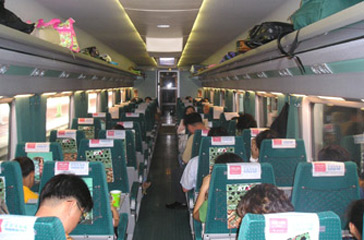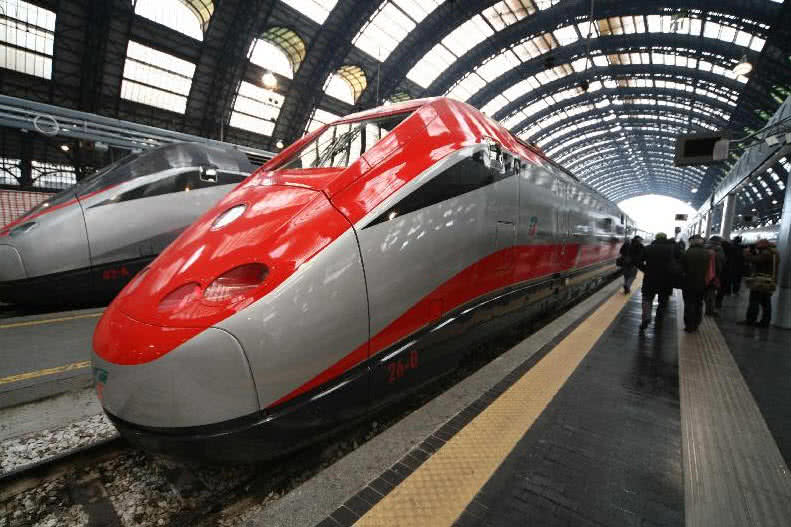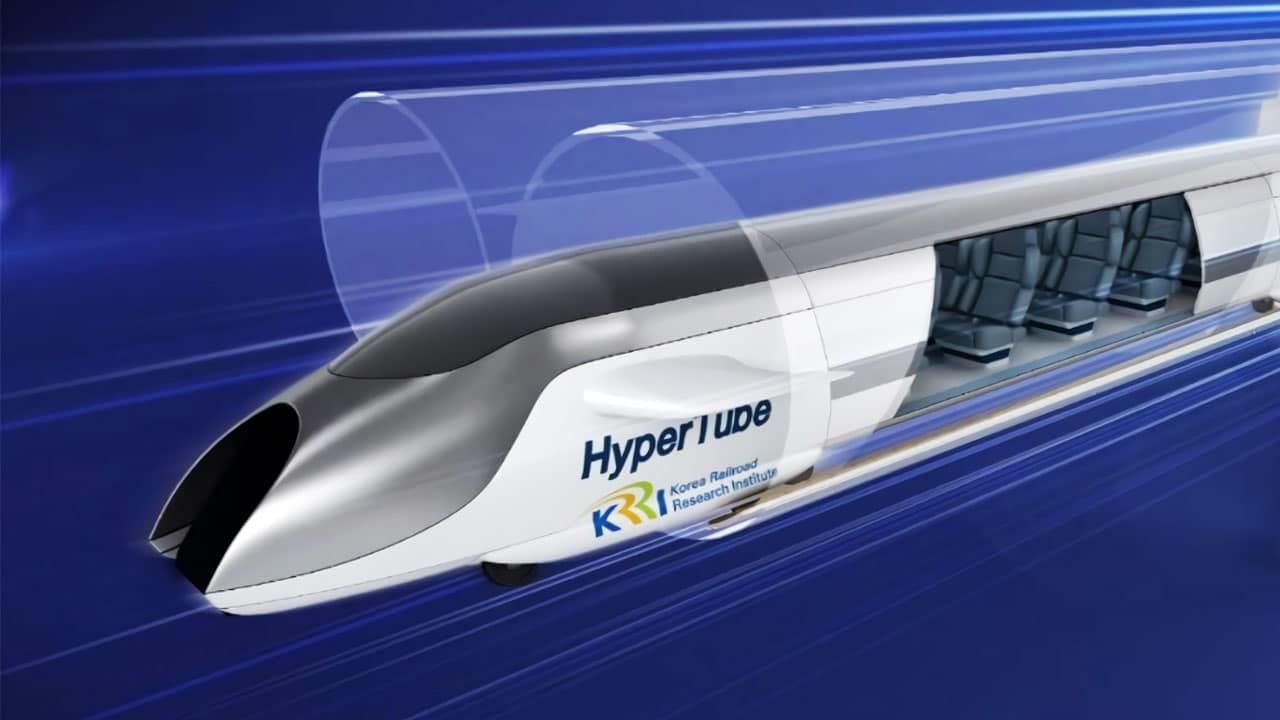The Ultimate Guide To South Korea fittingly equips high-speed train with - Engadget


A High Speed KTX Bullet Train at the Seoul Station in South Korea Editorial Stock Photo - Image of railroad, landscape: 54722178
The 6-Second Trick For KTX – All You Need To Know About The Korail Train eXpress
The upgrade and electrification of these sections of the Gyeongbu Line was contributed to the job, and also the upgrade and electrification of the Honam Line from Daejeon to Mokpo, offering a 2nd path for KTX services. The budget for the very first phase was set at 12,737. 7 billion won, that for the whole job at 18,435.
While the share of government contributions stayed the same, the share of foreign loans, domestic bond sales and personal capital changed to 24%, 29% and 2%. The facilities and rolling stock were produced in the structure of a technology transfer agreement, which paired Korean companies with core system provider Alstom and its European subcontractors for different subsystems.
1 billion or 1. 5 billion. KTX train approaches Miryang station, on the non-high-speed Daegu-Busan section Well ahead of the opening of the Gyeongbu HSR for regular service, in December 1999, 34. 4 km (21. 4 mi) of the test area, later on extended to 57 km (35 mi), was finished to allow trials with trains.


How to Ride the KTX Bullet Train in South Korea - David's Been Here
6 km (138. 9 mi), with 15. 0 km (9. 3 mi) of interconnections to the traditional Gyeongbu Line, consisting of at a short disturbance at Daejeon. The high-speed section itself included 83. 1 km (51. 6 mi) of viaducts and 75. 6 km (47. 0 mi) of tunnels. Traditional line electrification was completed over the 132.
Unknown Facts About Korea Train eXpress Facts for Kids
5 mi) across Daegu and on to Busan, the 20. 7 km (12. 9 mi) across Daejeon, and the 264. 4 km (164. 3 mi) from Daejeon to Mokpo and Gwangju. After 12 years of construction and with a last cost of 12,737. 7 billion won, the preliminary KTX system with the very first stage of the Gyeongbu HSR entered into service on April 1, 2004.
1 billion won, with funding from the government and personal sources by the same ratios when it comes to phase 1. In Go Here For the Details , the job was modified to again include the Daejeon and Daegu urban area passages, in addition to additional stations along the stage 1 section. For these additions, the budget plan as well as the federal government's share of the funding was increased.
